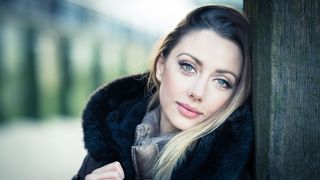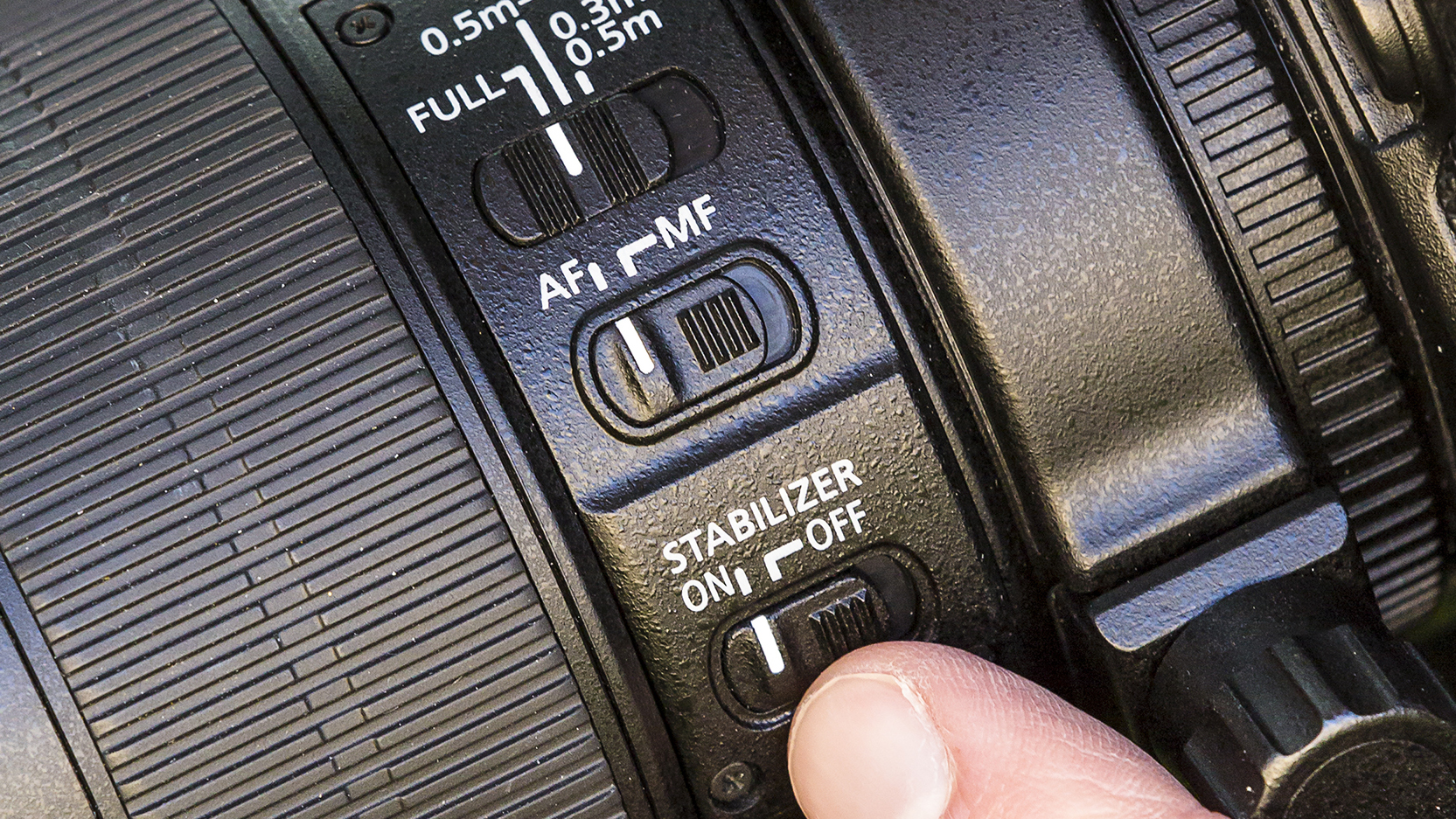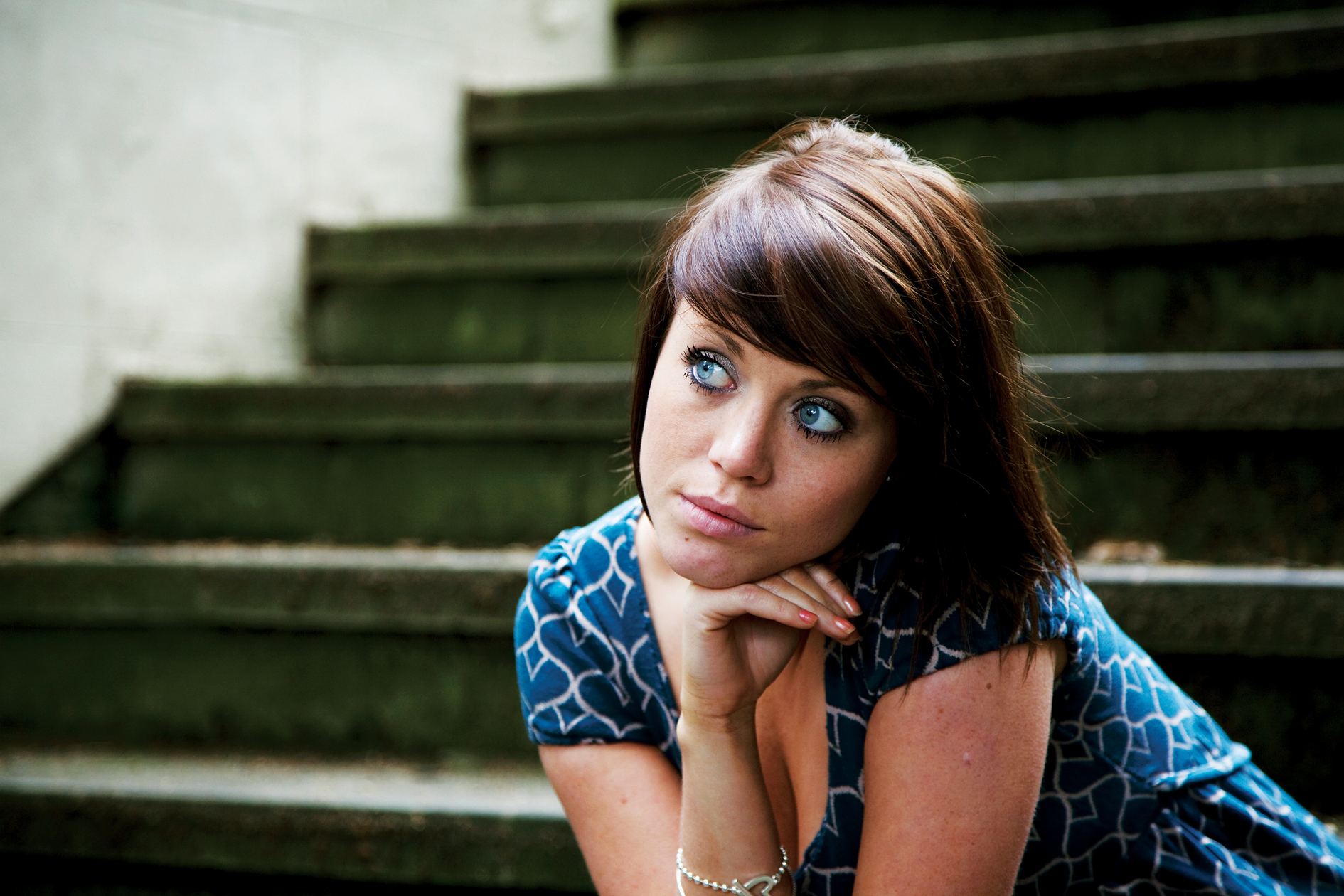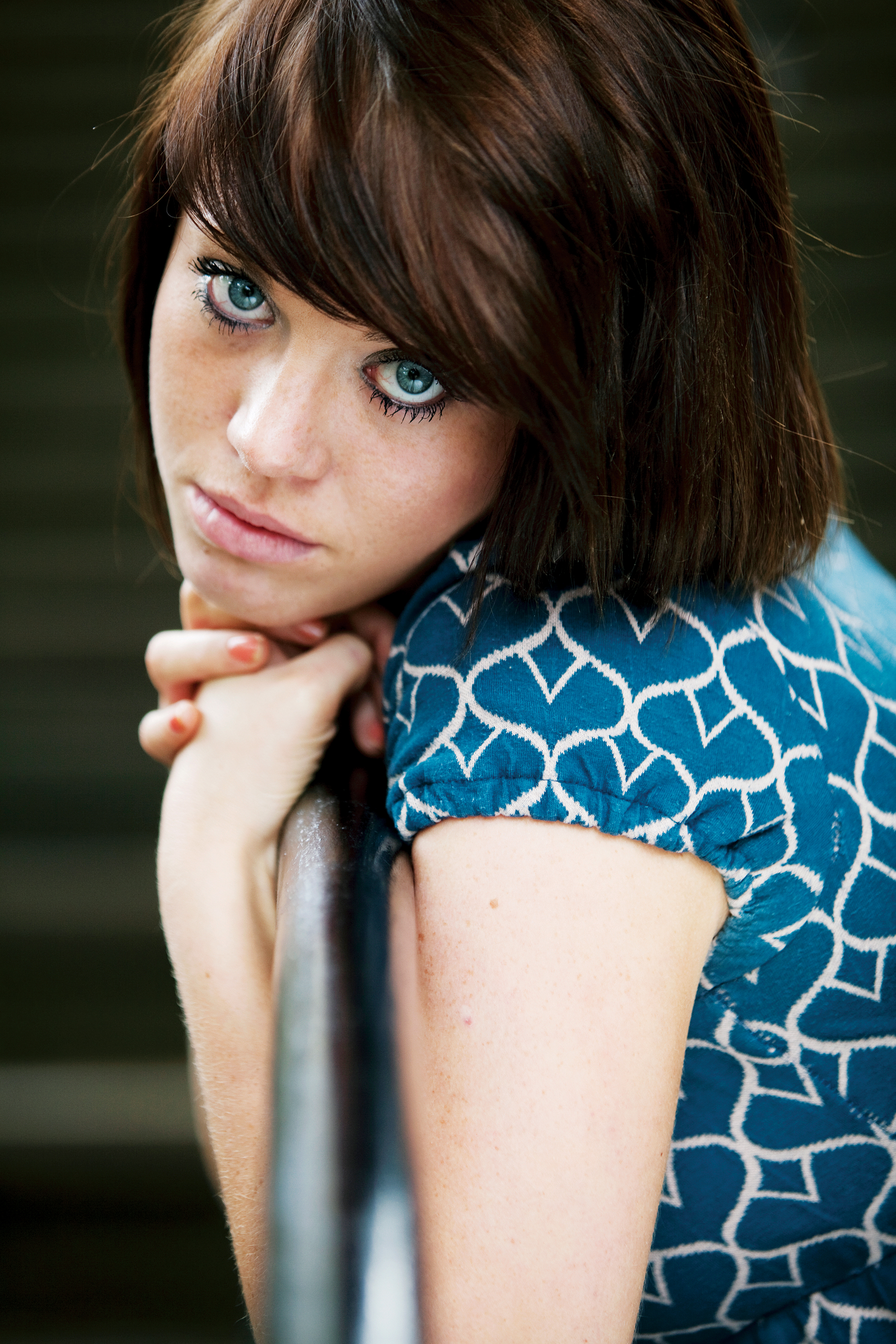What Is A Good Camera Setting For Portraits
14 portrait photography tips you'll never want to forget
Essential advice to shoot your all-time ever portrait photos

Portrait photography tips tin run the gamut from simple tweaks to your camera settings to the seemingly impossible job of getting children to stay still.
Although many photographers upgrade to a decent DSLR or i of the all-time mirrorless cameras to requite them more control when they take family portraits or pictures of friends, getting slap-up shots of people is always a challenge.
The difference betwixt amateur and professional person portraits can exist vast. So nosotros've compiled this list of 14 of the nearly important portrait photography tips for whatsoever photographer to know.
We'll starting time off with the nuts on discontinuity, shutter speed and lens choice, so move on to focusing and photo limerick techniques, before showing you how to utilise natural calorie-free and reflectors to dramatically improve your results.
The helpful communication below will assist you lot become a ameliorate portrait photographer
Nosotros'll then discuss some of the more advanced portrait photography tips, such as the benefits of using flashguns and other accessories when shooting portraits.
Whether you lot're taking portraits of your friends or you've been commissioned to photograph a family unit, and whether you're shooting in a pristine studio or exterior in your local park, the helpful advice below will assist yous become a better portrait photographer.

1. When to utilize Exposure Compensation
Your photographic camera'due south metering system plays a vital function in picture-taking. It works out how much lite should enter the camera to make a correct exposure. It'due south very clever, only it'due south not completely foolproof. The trouble with multi-zone metering systems is that it takes an boilerplate reading, and this reading is assumed to be a midtone, or in other words, halfway between white and black.
Mostly this assumption comes out correct, simply a metering system can struggle when a frame is dominated by areas of extreme effulgence or darkness.
When shooting portraits, calorie-free skin tones tin can easily trick the camera into underexposing the shot. Y'all'll notice this more when shooting full-face up photos or when there'due south lots of white in the scene - brides at weddings are a prime example.
This can be quickly corrected though with your camera's Exposure Compensation controls. To begin with, try dialling in upwards to +ane stop of positive Exposure Bounty to lighten up people'south faces. Review your shots, and if y'all experience you they need to exist lightened farther, increase this further.
- Learn more than: The A to Z of Photography: Exposure compensation

two. Aperture advice
When shooting portraits, it's best to set a wide discontinuity (effectually f/2.eight-f/5.vi) to capture a shallow depth of field, then the background behind your subject is nicely blurred, making them stand out better.
Shoot in Discontinuity Priority mode to command depth of field; in this mode your DSLR volition helpfully ready the shutter speed for a correct exposure.
Specialist portrait lenses tend to have fifty-fifty wider maximum apertures (from f/1.4 to f/2.8) in lodge to blur backgrounds farther.
- Acquire more than: The A to Z of Photography: Aperture

3. Shutter speed settings

When setting shutter speed, factor in your lens's focal length otherwise photographic camera-shake (and blurred results) will become an issue.
As a general rule, brand sure your shutter speed is higher than your effective focal length. For instance, at 200mm employ a i/250 sec shutter speed or faster.
This besides means you can get away with slower shutter speeds when using a wide-angle lens - such as 1/20sec with an 18mm focal length.
While information technology won't help if your subject field is moving around chop-chop, don't forget to utilize your camera's anti-milkshake system. While some camera systems have this built-in effectually the sensor, of photographic camera systems prefer to accept the system in the lens - the do good being that you can see the effect in the viewfinder.
Not every lens will characteristic this technology though, but if yous take it - utilise it. You'll be able to shoot handheld at much lower shutter speeds than you would otherwise normally exist able to practice and nevertheless come up away with pivot-sharp shots.
- Learn more: The A to Z of Photography: Focal length
- Learn more: The A to Z of Photography: Shutter speed

4. Increment your ISO

People move effectually a lot as they're photographed, not to mention blink and constantly change their facial expressions - and there'due south nothing worse than a photograph of somebody half-blinking or gurning instead of grinning!
To avert these problems, and to foreclose motion blur appearing, you'll need to apply a fast shutter speed.
This will also assist to ensure abrupt shots and avoid camera-shake considering more than often than non yous'll be shooting portraits handheld.
While in Aperture Priority style and maintaining a broad aperture, to increment your shutter speed simply increase your ISO (from ISO100 to ISO400, say).
In low light (indoors and outside), you may need to increment it to ISO1,600, 3,200 or even half dozen,400. A little grain is infinitely better than a blurry, useless photo.
- Learn more than: The A to Z of Photography: ISO

5. Lens choice

Your choice of lens has a big impact on your portrait photos. For portraits with visual bear on a wide-angle lens is a must. Shooting from a depression angle will make your subject field taller than they really are. This is a great technique for fooling the eye and changing the perspective of objects and people. However, be conscientious not to go too close, equally you might meet some distortion, which isn't flattering at all! To add together even more drama to a wide-angle shot, simply try tilting the camera to an angle.

When using a medium telephoto such as 85mm or 105mm, the model is withal the main subject in the scene, only the groundwork plays an important part in the image - the steps in the shot in a higher place announced out of focus and act as another point of interest. Ever pay attention to what'south going on in the background.

A telephoto lens like a 70-200mm f/2.8 is one of the best tools for creating stunning portraits. Enabling yous to zoom in closer to focus more on your subject, you tin can then reduce the amount of background and foreground distractions on brandish.
- Buying guide: Best portrait lens: fast prime lenses

- All-time camera accessories
- 10 essential accessories for your new camera
- 10 must-accept accessories for every Canon DSLR possessor
- 10 must-accept accessories for every Nikon DSLR owner
- Best travel tripod: 5 carbon fiber stands for your photographic camera
- All-time tripod: 10 options to adjust all budgets
- Best camera bag: 10 options to protect your photographic camera kit
- Best flashgun: dedicated strobes for Catechism and Nikon DSLRs
- Best ND filters: half-dozen top models tested
- Best ND grad filters: 6 top models tested
Source: https://www.techradar.com/how-to/portrait-photography-tips
Posted by: carsonarring1990.blogspot.com


0 Response to "What Is A Good Camera Setting For Portraits"
Post a Comment